Introduction
Embark on a successful Kismis import venture from India with this comprehensive guide. Gain valuable insights into the nuances of the Kismis market, empowering foreign buyers and importers to navigate pricing dynamics with unwavering confidence.
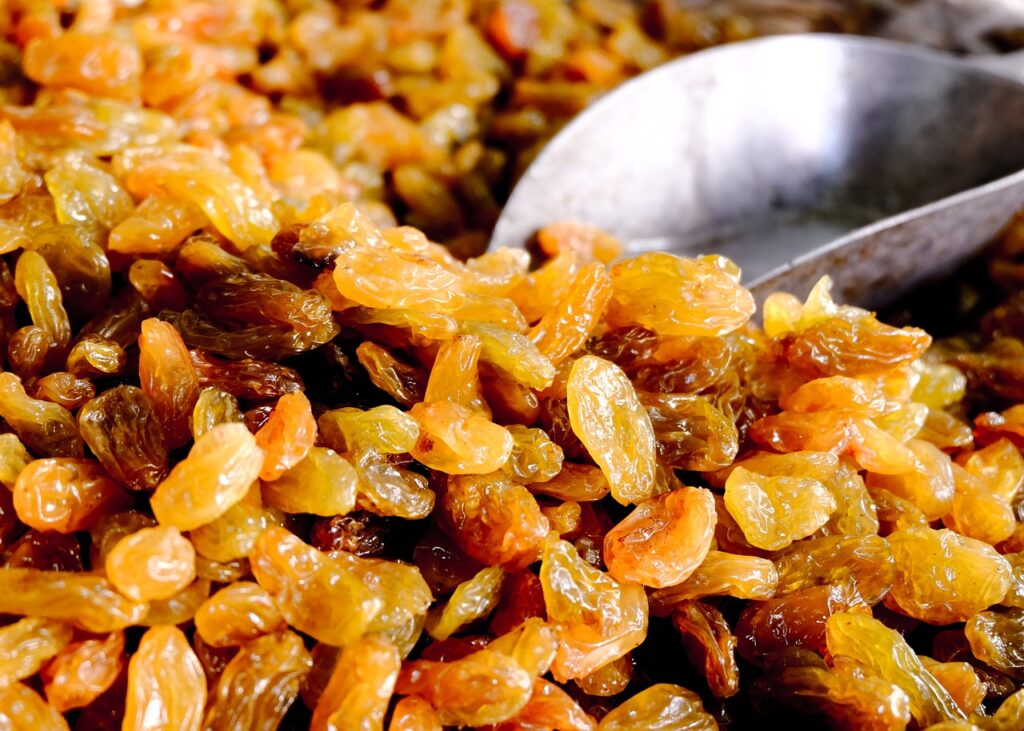
Quality Grades and Pricinge
Kismis pricing is closely linked to its quality, which is determined by a grading system that ranges from premium to standard. Premium Kismis, characterized by large, plump berries with a uniform color and minimal defects, command the highest prices. Standard Kismis, featuring slightly smaller berries and a wider range of colors, offer a balance of quality and affordability. Economy Kismis, occupying the lower end of the grading spectrum, serves as a cost-effective option for buyers seeking a functional ingredient.
Geographical Influences
India’s diverse geography plays a significant role in shaping Kismis pricing. Regions with favorable climate, fertile soil, and established cultivation practices tend to produce higher-quality raisins, commanding premium prices. Southern India is renowned for its Thompson Seedless Kismis, while Western India produces Munakka Kismis known for their dark, plump berries. Northern India cultivates Black Raisins, prized for their intense sweetness. Its also consider other countries production and demand respective country and domestic market. Major Kismis ( Raisin ) cultivator countries are USA, Turkey, China, Iran and Uzbekistan.

Seasonal Fluctuations
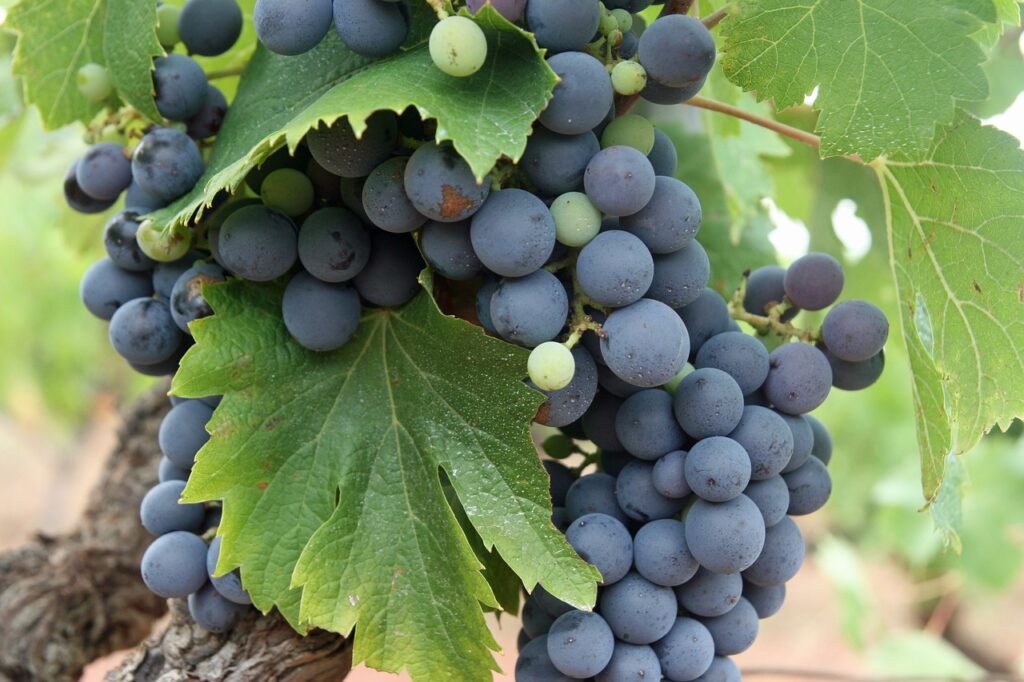
Kismis pricing is subject to seasonal fluctuations. The harvest season in India, typically between January to April, marks a period of increased supply, leading to a temporary dip in prices. However, as the season progresses and inventories deplete, prices tend to rise. Price of Kismis is also depend of weather and external enviroment. This time period fresh grapes also sell is booming as summer seasons in India.
Agricultural Practices and Market Trends
Agricultural practices employed in Kismis cultivation directly influence pricing. Organic cultivation methods, while more cost-intensive, yield superior-quality raisins that command premium prices. Kismis pricing is also influenced by broader market trends and the delicate balance between demand and supply. Global consumption patterns, fluctuations in crop yield, and economic factors can all contribute to price movements.
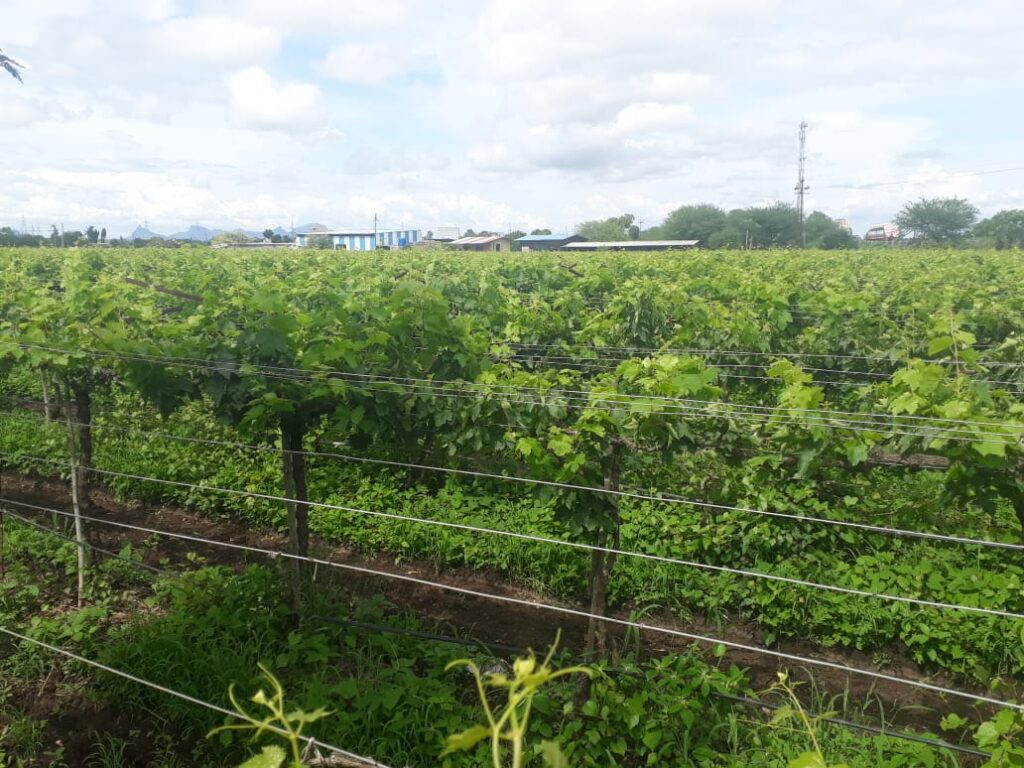
Currency Exchange Impact and Informed Procurement
Foreign buyers must consider the impact of currency exchange rates on their Kismis procurement costs. Fluctuations in exchange rates can significantly affect the overall landed cost of imported raisins. By understanding grading systems, geographical influences, seasonal fluctuations, agricultural practices, market trends, and currency exchange rates, foreign buyers and importers can make informed decisions, secure competitive prices, and ensure a successful Kismis import venture from India.
Market Trends and Demand-Supply Dynamics
Stay abreast of market trends and the delicate balance between demand and supply. Unravel the factors that contribute to fluctuations in Kismis prices. Its impact on both domestic and international market demand. India is exporting Raisin to Gulf, South Asian, EU region. So, demand tread should be take consideration. Also keep in note that last year carry forward stocks in cold storage.
Shipping and Handling Costs
Shipping and handling costs for kismis/raisin exports from India are influenced by various factors, including quantity, destination, mode of transport, shipping terms, and handling charges.
To reduce shipping and handling costs, consider negotiating with shipping companies, optimizing packing and palletizing, consolidating shipments, utilizing alternative shipping methods, and choosing the right shipping terms.
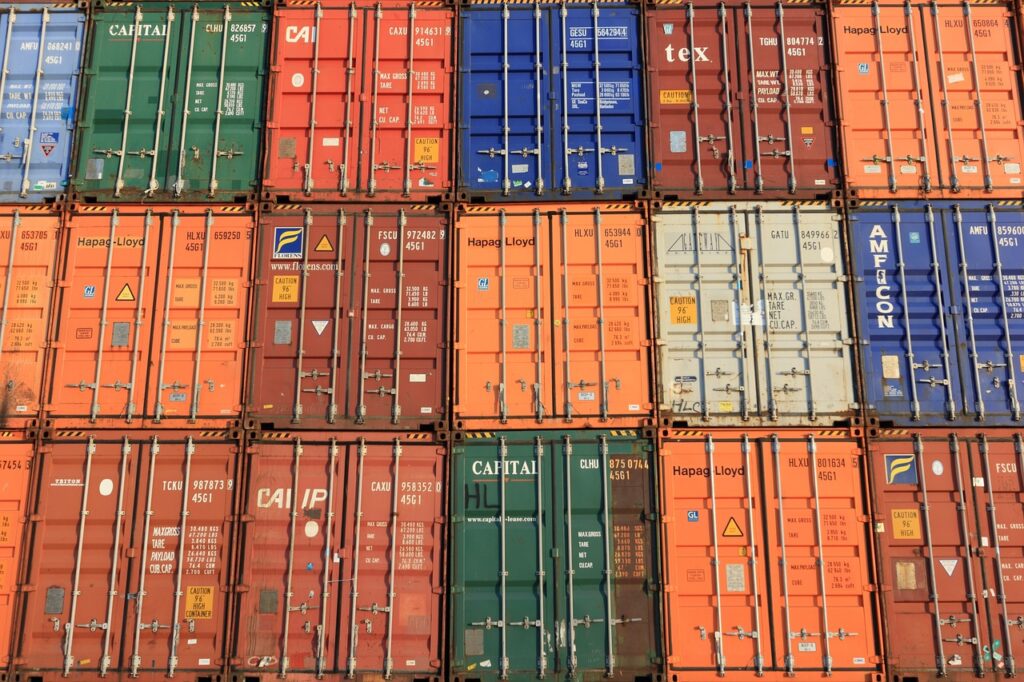
Kismis Price Range with Grade
Given price is average of three years 2021,2022 and 2023.
With respect to domestic price in INR and FOB price in USD per kg from India. Prices are based on actual market and average of respective year in both currency.
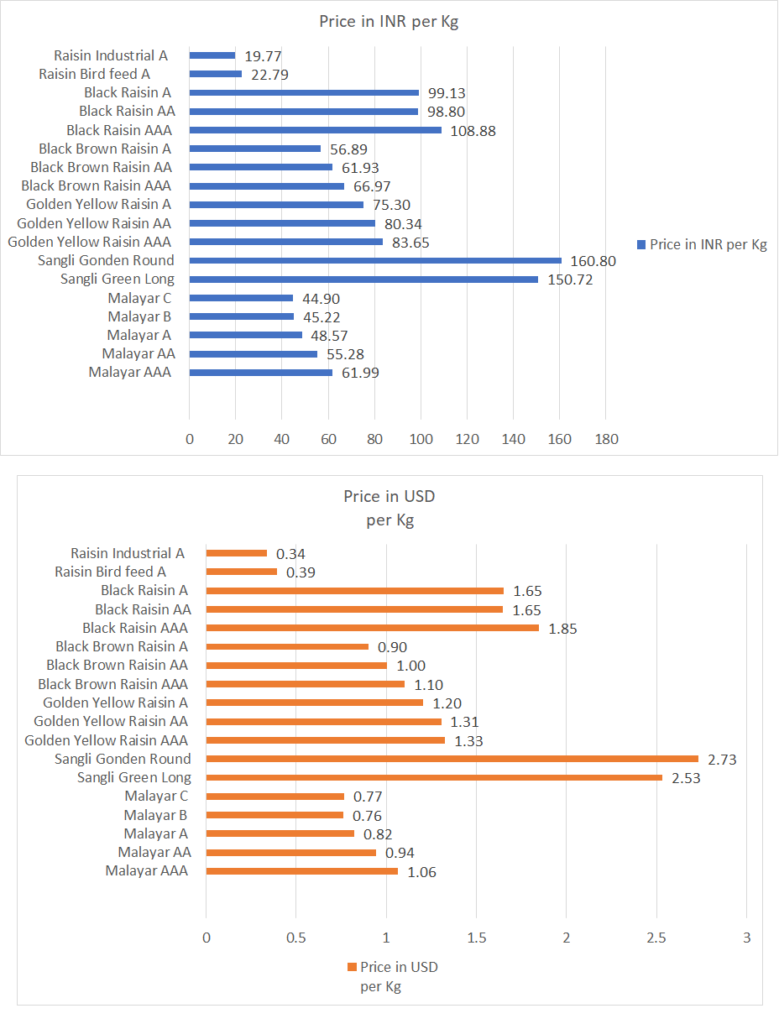
Note: The information provided is derived from our internal price research and reflects actual quotes obtained at the current market time. Prices may vary based on factors such as packaging, quality, and currency fluctuations.
FAQ
Q: What is the average Kismis price per kg in India?
Q: How does the grading system impact Kismis pricing?
Q: Are there specific seasons for better Kismis prices?
Q: How do currency exchange rates affect Kismis import costs?
Q: What certifications ensure the quality of Kismis?
Q: How can foreign buyers negotiate favorable Kismis prices?
Conclusion
Serves as a valuable tool for those seeking to navigate the intricate world of kismis procurement in India. By providing insights into pricing structures, grading systems, and the various factors influencing costs, this guide empowers foreign buyers to approach kismis importation with confidence. Armed with knowledge of seasonal fluctuations, agricultural practices, and market trends, buyers can make informed decisions regarding quality assurance, negotiation strategies, logistics, and import duties. As global demand for quality produce continues to surge, this comprehensive guide equips buyers with the necessary expertise to optimize costs, ensure product quality, and embark on a successful journey of kismis importation from India, fostering mutually beneficial trade relationships.
